I have been spending a lot of time at Auckland…
Protein in Food
You may have seen my first post about reading food labels and if you haven’t you can check it out here. That post was about the basics of reading a food labels and seeing how suitable a certain for my post-op gastric bypass tummy and needs. This post is following on from that but I’m really zeroing in on protein in food.
I often see the claim ‘high in protein’ on food labels and since making protein my focus I have realised that this claim is really relative. I need to get at least 20 to 30 grams of protein per meal to meet my protein goal each day. Things that are high in protein tend to be animal products so things like meat, chicken, fish, or other animal products like milk for example.
Things like beans and chickpeas people tend to think of as ‘high in protein’. Compared to other plant-based foods yes I guess they are ‘high’ in protein but relative to protein rich foods they don’t measure up. I’ve picked a few things out of my pantry/fridge to compare to give you a bit of context.
A tin of tuna in spring water: This tin of tuna is only 85g and in that 85g of tuna is 17.5g of protein. That 85g tin of tuna is about half the volume my tummy can take so I would be able to get some salad or other healthy food in with it.
A tin of baked beans: This tin is huge at 420g and I wouldn’t be able to eat the whole thing at once. The reason I picked this is because beans are not something I would not normally eat and if I did not in any great quantity. What grabbed my eye is that the tin claims, ‘naturally high in protein.’ There’s two servings of beans in this tin and per serve there is 10.9g of protein in the beans. I would have to eat the whole tin which I know I couldn’t to get the protein I need from them. To put it in relativity terms its more that four times the net amount of tuna I would need to get to get almost as much protein.
Hummus: To many people chickpeas equal protein and that’s very true but again, for me just not in the concentrations that I need it. Per 100g there is only 5g of protein in the hummus. I use hummus and add it to things like salads to make some foods a bit more palatable (moist) but would never rely on it to give me the hit of protein I need from the small quantity I can eat.
Beef mince: Typically a meat product won’t have a food label on it but I live by the general rule that cooked beef mince will have 25-30g of protein per 100g. I can get 4-5 meals out of a half kilo pack of mince which makes it really economical too. I can have one 100g serve and the entire protein content for one meal is sorted.
Here’s a picture of the products that have labels:
So, to sum up for bariatric patients the ratio of protein to the overall quantity of the food you are eating needs to be such that you can get your daily protein needs in. Protein is such an essential nutrient for our bodies as there are some proteins our bodies can’t manufacture and need to source them from the food we eat. Protein also helps our bodies stay healthy and do the maintenance it needs to keep us in tip-top shape which is especially important with the huge array of changes happening for you and the exercise you should be doing.
I’ve found it a real challenge some days to get my protein in and now know off the top of my head the approximate protein content of many, many foods. I’m going to have a post coming up soon with a general overview of what a typical day’s eating looks like to get my 60-80g of protein in.
Let me know how well you do at getting your protein in and if, like me, you know off the top of your head whether something is worth having or not. Let me know how you manage your protein intake after surgery. I’d love to hear any tips or tricks! Do you have any more questions about protein in food why not ask me in the comments?
Next Post: Organisation Success Post Gastric Bypass
Previous Post: A letter to my pre-op gastric bypass self
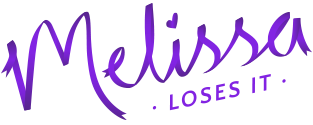
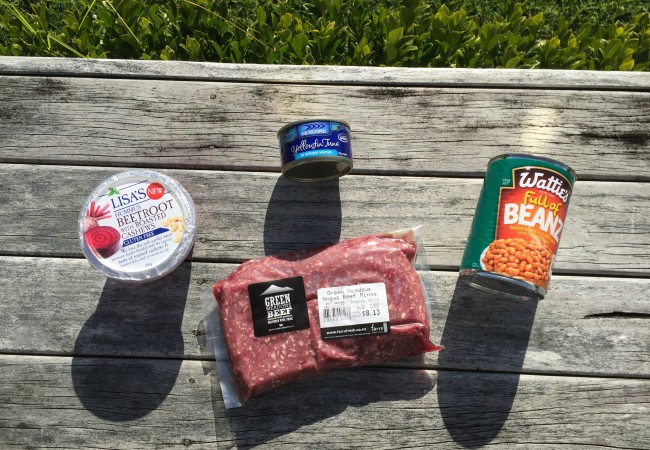


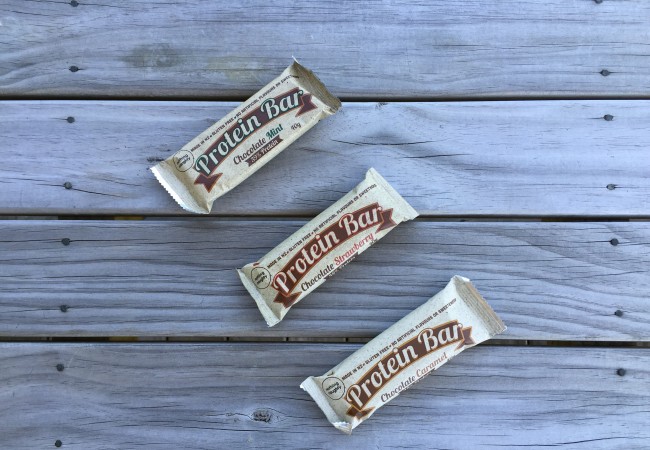
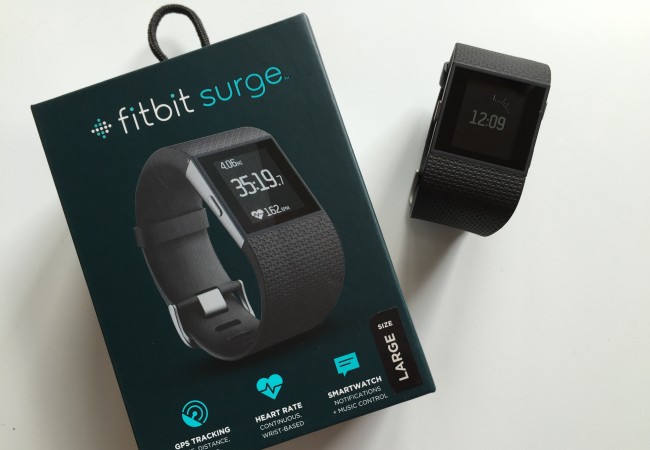
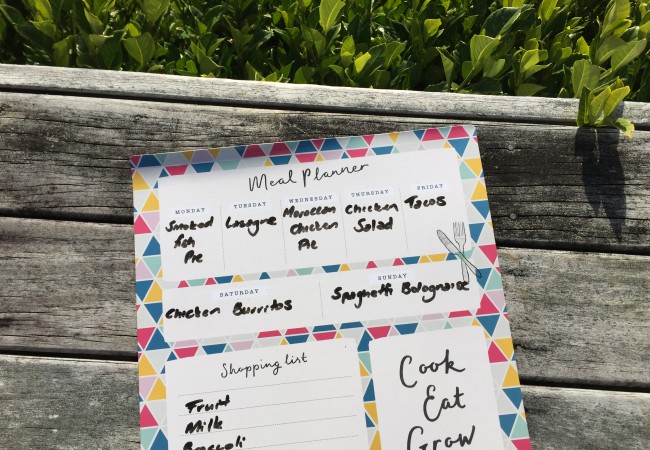
I have a can of tuna for lunch each day, with rice and greens. I didn’t realise the amount of protein it had in it compared to other foods!
I’m glad my post was helpful Maria!